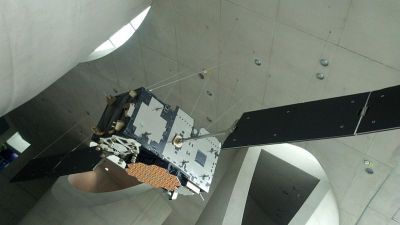
The launch of two European Space Agency (ESA) Galileo satellites, which took place on 22 August from French Guiana, marks the start of a new phase in Europe’s own satellite navigation programme.
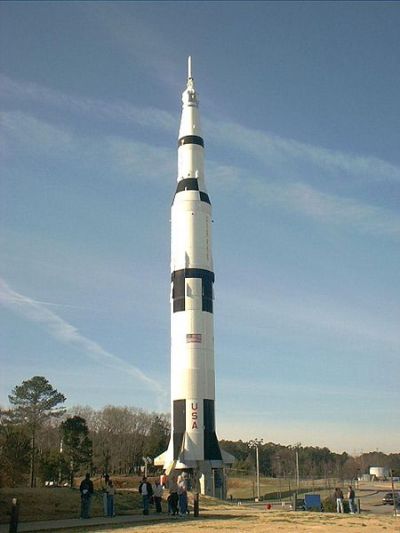
The European Science Foundation (ESF) has released a new report on 'technological breakthroughs for scientific progress'. While the sector is known to be a key driver of society-benefiting innovation, both ESF and the European Space Agency are banking on part of its future lying in non-space technologies.

Did you happen to hear a very big bang around 7pm on Thursday 19 June? Well, that was the top of a mountain in Chile being blown clean off to make way for the world's largest telescope - the aptly-named European Extremely Large Telescope (E-ELT).
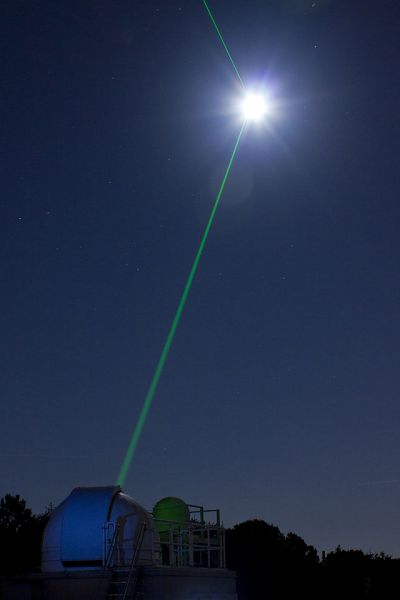
Remember how Imperial destroyers smashed asteroids in 'The Empire Strikes backs'? You can almost consider that old fashioned. Thanks to the CLEANSPACE project, space debris as small as 1 cm could soon be tracked down by Earth-based lasers.
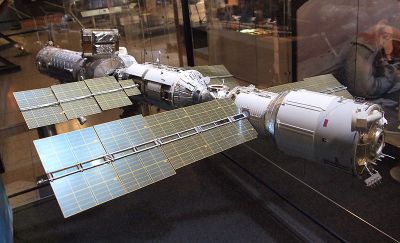
We may not be aware of it but space systems and space-based technologies are a critical part of our daily lives. From telecommunications to television, weather forecasting to global financial systems, most of the key services that we all take for granted in the modern world depend on space in order to function properly.
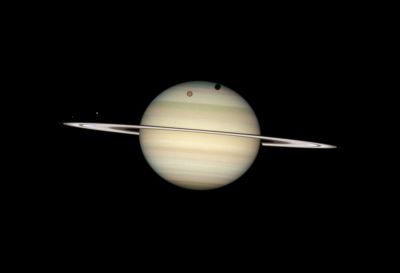
An encounter with ET may be far closer than we think. Scientists have revealed that Enceladus, a moon of Saturn, could be home to a large body of water, meaning we may be near to finding extraterrestrial life in our solar system.
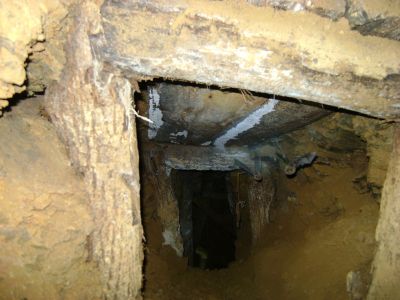
Assessing the habitability of Mars and detecting life, if it ever existed, depends on knowing the environment. A potash mine in the North East of England offers an environment similar to that on the surface of Mars and could provide a test bed for technologies for use in the search for life on the Red Planet.

Are we alone in the universe? It's a question that has always fired the human imagination. The more we learn, the more unlikely it seems that Earth is a lone miracle inhabiting life amid galaxies of lifeless planets. Many eminent scientists are positive that it is just a matter of time before we find other life in the universe . But exactly how we'll encounter our inter-galactic neighbours, and whether they'll be just a few cells or full-blown ET lookalikes, they are less sure.
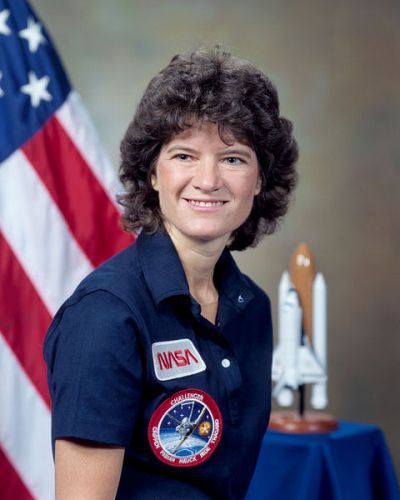
Why are there more men than women in space? The answer might not be as straightforward as you first think. According to physiological models used by NASA, female astronauts have a lower threshold for space radiation than their male counterparts, meaning opportunities for space exploration are more limited for them.

It's dark and late. You're speeding through the streets of a downtown metropolis. You're being chased and the pursuers are quickly gaining ground. With a knowing smile, you simply press the 'launch' button of your jet car and take off into the night sky. The grounded villains are left staring into the air at your jet steam... It may sound like a typical superhero scenario but the reality (minus the drama!) could be a lot closer than you think.









